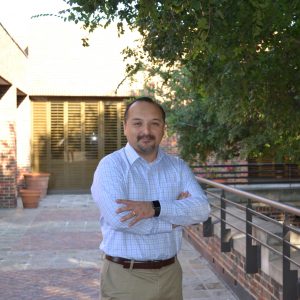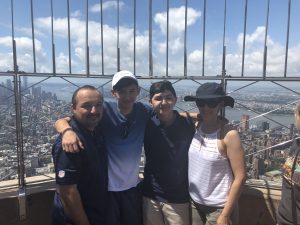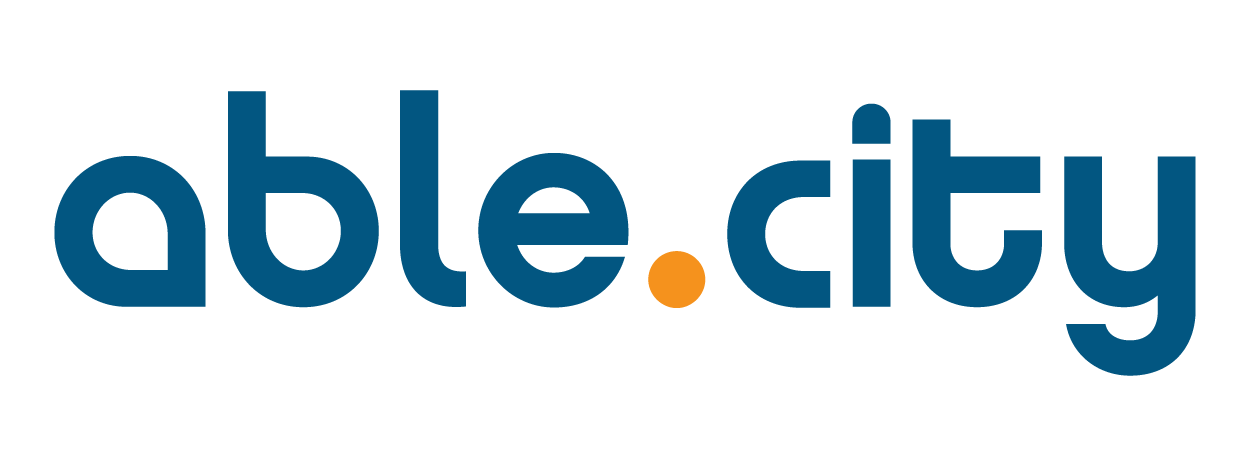“Able City is the ultimate let’s-work-together-firm,” says Ricardo Solis in the third installment of our employee profile series. As Able City’s Production Lead, Ric speaks from experience on everything from the creativity behind codes to why everything comes back to process. As an architect who otherwise would have been a teacher, he takes us through what industry terms like LEED and the International Building Code mean — and how he bases his work in the spirit of passing knowledge forward.
See below for our Q-and-A.

AC (Able City): Can you tell me a little bit about your background — and why you ended up deciding to go into architecture?
RS: Architecture was just a mix of all the things that I liked to do and wouldn’t mind doing for the rest of my life. I’d been born and raised here in Laredo. My dad was in the oil field business, so he wanted me to be an engineer. But I couldn’t see myself being an engineer; I liked to draw too much. I always had a pencil in my hand, sketching, doodling … Still, I liked aspects of engineering and I was somewhat creative, so I looked into architecture. Really I didn’t know what I was getting myself into.
University of Texas at Austin is a five-year architecture program. The first two years you’re learning everything and then that third year is your do-or-die year….You’re a teenager thinking, am I going to make this or not? When I was done with that class and that project, I realized, I did it. Everything I learned up until that point fed into that moment. I realized I didn’t have to go and be an engineer like my dad wanted me to.
AC: What was your early relationship to architecture like?
RS: I’ve always come at architecture more from the creative process aspect. When I was growing up I was always drawing, playing in bands, making music. The beauty was the process. How do we get from point a to point b? When I went to architecture school, I started to see — or I see now — the creative process that went into this beautiful building, or this beautiful song, or this beautiful painting.
Architecture allowed me to be creative, and I felt it was important to create something tangible that you can leave behind. Buildings are the ultimate expression of that. When you build something good or bad, it’s going to be there. And then you live with it. It’s providing a basic need.
AC: Do you talk about architecture with your sons?
RS: Whenever we go on trips, I’m always like, look at this, and check this out. Sometimes they’re into it and sometimes they’re like oh dad, not again. It’s certainly something I push on them. I don’t see either one of them being an architect because they have very different interests than I do, but I think they have an appreciation for it.
We talk about what are the things that we know — I say, what do you like about it? They say, this and this this, and I say, the reason you say this, this, and this is because all these other things that you weren’t thinking about. Explaining all the underlying design.
AC: Have they seen any of the projects you’ve had a hand in?
RS: Yeah, absolutely. Right out of school, I got to work on the Austin Bergstrom International Airport. When we flew to New York from there, I pointed out all these things that we had to go through — I said look at this, the Terrazzo flooring, and all the detailing.
Locally, I’ll show them what we’re working on. They can see it. It’s something that dad did, and they can touch it.

AC: Within Able City you’re known as a code and compliance expert — can you speak to that?
RS: Early on, in my first job, somebody handed me a codebook and said you need to learn this. You pick up things. You start learning. Sooner than later, that was the thing that I did. I learned from some other people, and they showed me tricks on how to get around certain things.
The codes in general are written in a way that leaves them open to interpretation. You have to read between the lines and apply them to make sure that things are done a certain way and for a certain reason.
I’m old enough to have gone through two or three different codes. Today we’re just using the International Building Code, but I’ve used the Southern Building Code and some other ones that don’t exist anymore. I got certified through the International Code Council as a certified plans examiner. When I review plans I look at them in that light.
My job as a coordinator was to make sure that all these great ideas work in the real world. I’ve been doing that forever — every job that I’ve ever had, that’s what I’ve done. I was able to figure out ways to make things work while still keeping an eye on the design. It’s very easy to say, oh that doesn’t work because of these three or four things. I’ve always looked at it as, we’re going to make this work if we do these three or four things. That way we can keep the integrity of what we’re designing as well as make sure that things are compliant.
AC: How would you explain the codes to someone unfamiliar with them?
RS: Code breaks down into different sections. There’s different occupancy types: an office (business), or restaurant (assembly) or school (educational). The type then leads you to all sorts of different aspects in terms of what building materials you’re using, what’s the construction type, are you using items that are combustible or non-combustible… If you want to use certain building types, you can only make your building so big: if you use solid concrete you can build as big as you want because it’s not going to burn. That’s the first basic level you look at. Once you do that, you get into the more detailed aspects of it, like how many exits, how many bathroom fixtures, are there things that need to be fire-rated, those kinds of things. It goes back to my word that I like to use, the process. The process of putting it together.
It might sound boring and dry in some ways, but I don’t see it like that. There’s something very creative about using the codes and getting it to achieve the things that you want to. I’ve had lots of clients come to me and say, hey, we’re stuck and can’t do this, either the city won’t let us or this is not working, and I always say, Let me take a look at it. I think I can figure it out. More often than not I do.
AC: Do you want to talk about LEED/code as it relates to sustainable design?
RS: I’ll never lose my LEED certification, that’s how long ago I got it. I’m grandfathered in. It was around 2009 when I got mine; we’ve been talking about global warming since the early 2000s, and here we are, twenty years later.
With LEED there’s a process. There’s a point system — you go through this checklist, and depending on the number of points you get you’re either LEED-certified, LEED-silver, LEED-gold, or LEED-platinum. LEED breaks down into five sections, more or less. The first section refers to sustainable sites: where are you building? Are you building in an urban area or out into the suburbs? If you’re building in an urban area then you get more points. Do you have access to public transportation — are you within a quarter mile radius of a hub or bus stop? Are there other items close to you like a bank or a grocery store? You get points for all of that. When I talk to people about LEED I say, tell me where you’re going to put it and I’ll tell you if we have a chance to get it.
The one aspect with LEED that I’ve always been intrigued by is daylighting. In 2015, the ICC revamped their energy conservation code — ICC has 20 different codes that they manage — to insert a lot of these LEED practices. Daylighting was one of them. Something as simple as if you have a sensor in your ceiling and if you have windows open, the lights turn off because you don’t need the lights. That’s daylighting. You’re harvesting the daylight to provide the amount of light that you need to work.
In terms of our own natural circadian rhythms, there’s lighting now where the color changes as the sunlight changes. In the late evenings and earlier mornings, it’s warmer. During the day it’s white because that’s when you’re most awake. Those things affect the building, as does the elevation, or not putting windows to the west or in direct sunlight. You want to capture all the north light because that’s the best light. Being intentional in where you place awnings and canopies. How you site your building on the property, and which way is it orientated.
We try to use local materials, regional materials. Not shipping in expensive Italian marble, but getting limestone from Austin. All of our carpet reps bring us stuff that has recycled content. It used to be that it was hard to design building sustainability. It used to be, LED lights were a big thing. Everyone said they’re too expensive. Now we don’t even question it because they’re just as cheap as the fluorescent lights we used to use 10 years ago. But over the last 10 years even, everything has changed. If you’re not practicing sustainable architecture then you’re being stubborn. Because it’s easy.
AC: Are these codes mandatory?
RS: Every local jurisdiction will adopt the code. The city of Laredo still has not adopted all of the new codes. We’re still working under 2012 of the ICC codes. However, the state of Texas mandated that everyone in Texas needed to work off the 2015 International Energy Conservation code, so at that point the city said ok we need to at least adopt this one book in order for us to be compliant with what everybody is doing around the state. That’s why we’re under that code right now.
I’m involved right now in Recode Laredo. There’s two aspects of recode: the land development code, and the revamping of the building codes and working on analyzing that with the city’s building department. Right now city leaders are saying let’s keep it the way it is now until we get through this [the pandemic] because we don’t want to create undue [financial] pressures on the construction community. I think it’s like a band-aid — you just do it, otherwise it’s always going to be that way. The changes won’t always affect stakeholders the ways that they think that they will.
AC: Can you talk about your experience working with the city of Laredo and having that crossover?
RS: The help goes both ways. I know how the city works; I know what they go through, so I can navigate through with them because I can put myself in their shoes. I also know where their issues might be when it comes to getting a plan approved or getting things resolved, because I understand their process. Having worked there, I have an appreciation for what they do and understand how they want things done.
On the other hand, while I was there I would try to tell them on the outside, it works this other way. I have a very good relationship with the current director. Ultimately they want to work with us and we want to work with them. Having the unique perspective of doing both, both from the outside and the inside, I think has a great effect on Able City and how we conduct business and how we are able to get things done in the city.
I’m a proud Laredoan. I love my town. Maybe this is too esoteric or holistic but I felt if I can get in there and have an effect on the process, then maybe that’s my way of contributing to Laredo. How can I help Laredo grow and become a more prosperous place to live. That’s been my approach.
AC: How about Able City, do you want to talk about coming to Able City and what kept you here?
RS: I was with Hickey Peña architects before, and when Mario approached me about Able City, I was on board. We knew in order to grow and do the things we wanted to do we needed to work together. Able City is the ultimate let’s-work-together-firm.
I have a role to play: part architect, part father figure, part counselor [laughs]. One of the other guys always says, I bet you didn’t want to have so many kids. I say, I love them all, and I do — I enjoy working with everybody and being a mentor. I always tell people if somebody has a question about anything, whether it’s about architecture or how to fix their car or whatever, call me, I’ll be there.
I think if I wasn’t an architect, I probably would’ve been a teacher. I enjoy showing people what I know and helping them learn something new, and being that support. It goes both ways. Staff support us, and so we need to support them. I really like that aspect of Able City. If somebody leaves, I tell them the same thing: just because you’re no longer here doesn’t mean you can’t call me if you have a question. If I’ve had any affect on anyone, it’s that. It’s to be a resource to somebody.

